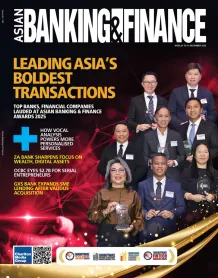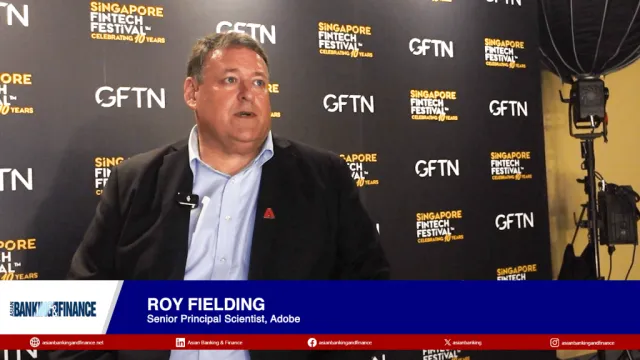Join the community
Thought Leadership Centre
Most Read
1. MAS cracks down on influencers promoting financial products 2. OCBC to enable scan and pay on all China merchant QRs by Q1 2026 3. DANA Indonesia launches verified digital wallet for teens 4. MAS expands Ripple’s scope of payment activities in Singapore 5. HitPay and Visa to expand Philippine SMEs’ payment acceptanceResource Center
Awards
Jul
02
Events
Event News
Asian Banking & Finance Fintech Awards 2025 Winner: Bhagavi Sridharan of Aditya Birla Capital Digital
Bhagavi Sridharan explains how the ABCD app offers a seamless, unified experience across diverse financial products.

 Advertise
Advertise

















Commentary
Asia prime services – A battle worth fighting?
Asia prime services – A battle worth fighting?
ECB’s LTRO program
How to close the budget gap before it’s too late
Which way is the wind blowing for Asian CFOs?
Is outsourcing still relevant for banks?
Islamic banks in Asia, and their differences with their GCC counterparts
The long march of the Renminbi
To RFP or not to RFP
Specialist business models for asset managers
The key to driving cost efficiencies in Asian banks
Governance Risk and Compliance (GRC) – Appreciating the enigma around it
Possible consequences of letting Chinese banks buy time
Automating the investment funds landscape in Asia
AIJ investors advisors: made (off) in Japan
How foreign investments in Indonesia continue to grow
3 successful branch strategies
Why the war on cash is doomed to fail